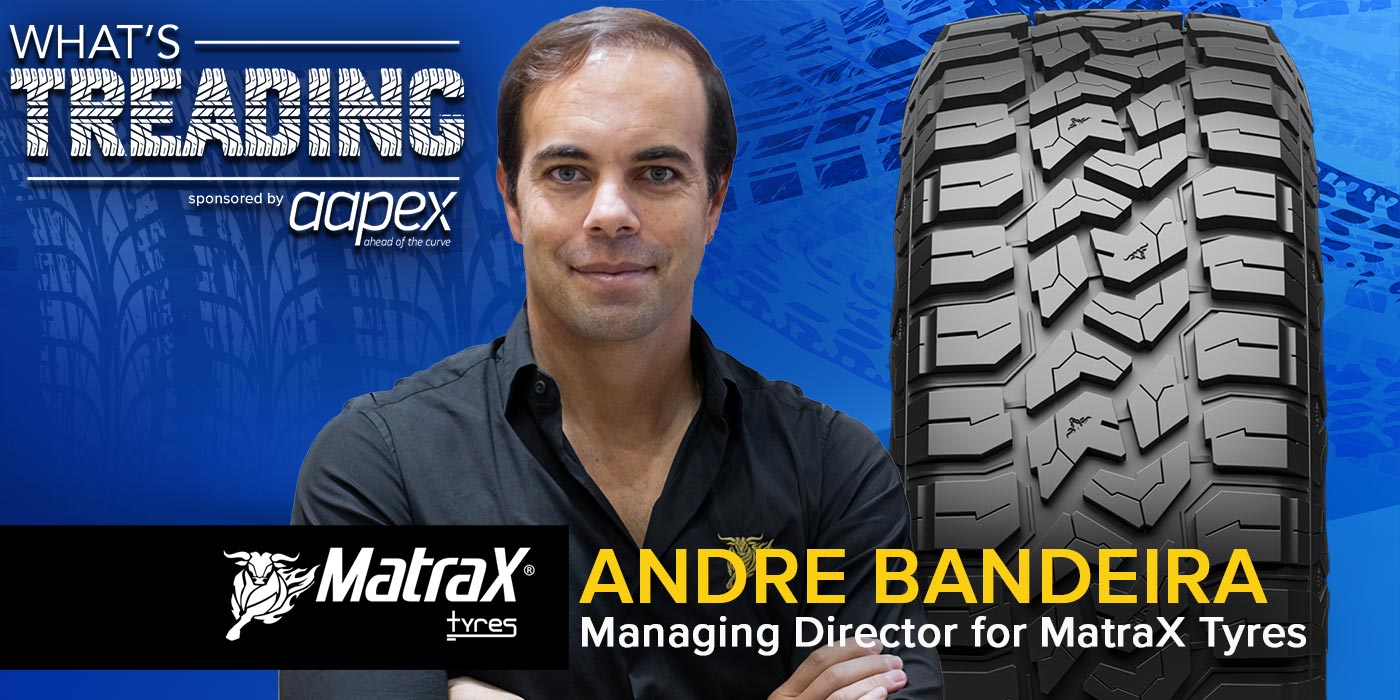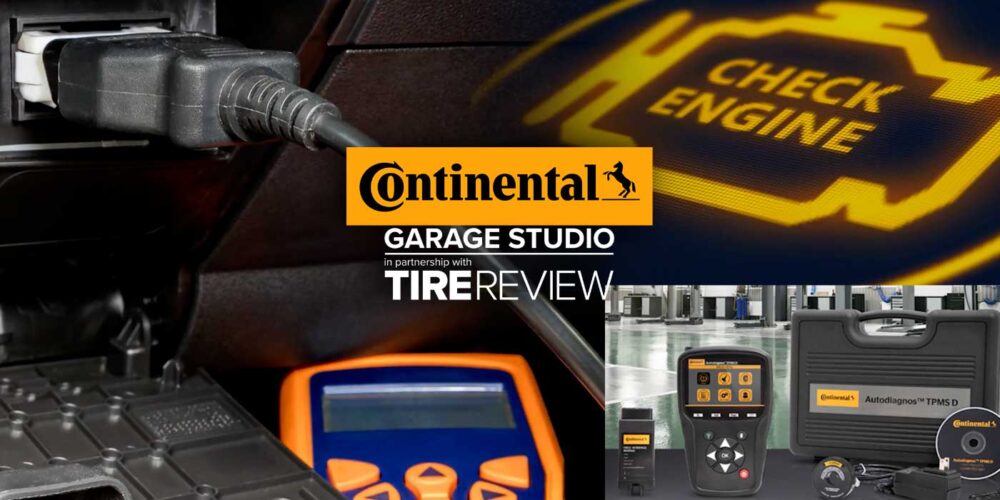There’s a placard inside the driver’s side front door jamb that carries tire pressure information. This shows the car manufacturer’s recommended PSI, allowing your specific model to have the best possible handling, ride comfort and fuel economy.
Most drivers know that this is where you can find the PSI of a tire, but when should you change it to best suit your customer’s tire choice? Let’s find out in this Tire Review Continental Tire Garage Studio video.
There are right and wrong reasons to change the placard inflation pressure on a vehicle. Before TPMS, you could install oversized wheels with low-profile tires, if it kept the driver safe, and send them on their way. With federally mandated TPMS, if you change the placard pressure, you may have to make changes to the TPMS ECU with a scan tool to keep the system operative. So, when would you stray away from the placard pressure? It’s in very specific situations.
One instance of when you might have to do this is “plus-sizing” from a smaller wheel diameter to a larger one. Sometimes, a different tire pressure is needed to maintain OE load ratings.
Another instance is when you’re switching from a P-metric tire on a truck or SUV to LT-metric tires. This goes back to the tire being able to support the load. Now, the truck or SUV’s new recommended PSI would have to be reprogrammed to make sure the TPMS is operating properly.
Using the Tire and Rim Load Index Tables supplied by the manufacturer, you’ll be able to look up the new tire size and required load to determine the pressure that can maintain that load.
Don’t forget to follow us on Instagram and Facebook and subscribe to our YouTube channel for more tire, service and shop operations videos.













